If you’ve ever volunteered on a Hoyt Arboretum stewardship crew, you know that a lot of effort goes into invasive species removal. Due to the ongoing COVID-19 pandemic, we won’t be able to pull English ivy or remove blackberry at the Arboretum for Earth Day this year, but there are still ways you can help from home! Hoyt Arboretum’s taxonomist Mandy Tu recommends looking out for these eight common invaders to help improve the health of your own backyard habitat.
American Pokeweed (Phytolacca americana)
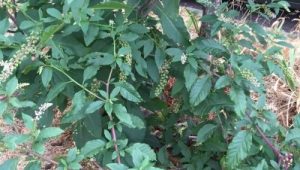

Pokeweed is a perennial plant — its stems, leaves, and flowers die each year, but the roots stay alive through the winter. In spring, each plant will send up new stems and leaves. Since it’s much easier to control pokeweed when it is small, pull or dig out plants by the root system and watch for new growth every year. Flowers, seeds, and berries should be bagged and put in the garbage; other parts of the plant can be composted or disposed of along with yard debris.
Armenian (Himilayan) Blackberry (Rubus armeniacus)
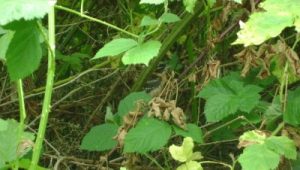

Blackberry tends to invade disturbed sites, which means that protecting native species and shade-producing shrubs or trees can provide control. Otherwise, remove vegetation and roots by hand pulling, cutting, and digging.
English Ivy (Hedera helix) and Irish Ivy (Hedera hibernica)
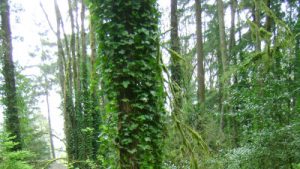

The best control method is to pull ivy out by hand when the soil is moist. For ground ivy, hand-pull and roll the matted plants. For tree ivy, cut the vines around the trunk of the tree at waist level, pull the vines below the cutline to the forest floor, then roll back the matted plants away from the trunk.
Garlic Mustard (Alliaria petiolata)
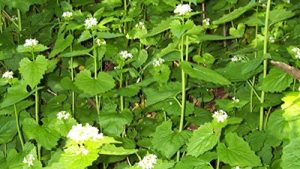

Garlic mustard is easiest to control when in bloom (usually beginning in April). Hand removal of small patches can be successful if done regularly. Pull at the base of the plant and try to remove the entire root, then be sure to bag and dispose of pulled plants as garbage.
Lesser Celandine (Ranunculus ficaria)
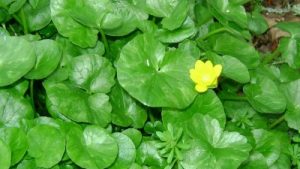

With small patches, dig and gather all the small bulbs and tubers. Do not compost or put in yard debris; bag and dispose of pulled plants as garbage.
Old Man’s Beard or Traveler’s Joy (Clematis vitalba)
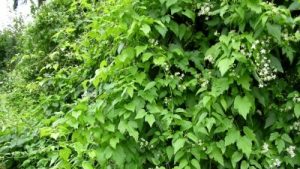

For vines climbing up trees, cut the thick vines waist-high which will allow the upper vines to die. Dig up lower vines and those along the ground but be sure to dig out the roots so that the vine doesn’t return.
Shiny Geranium (Geranium lucidum)
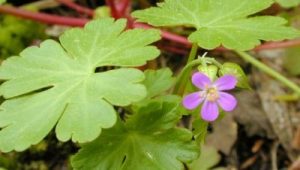

Small patches can be carefully hand-pulled or dug out before they are in seed but remove as much root and stem as possible to prevent plants from re-sprouting; bag and dispose of pulled plants as garbage. Larger patches can be controlled by covering with a deep layer of mulch.
Stinky Bob or Herb Robert (Geranium robertianum)
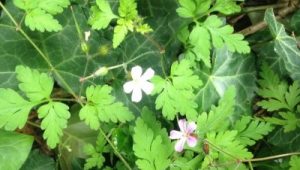

Stinky Bob’s shallow roots are easy to pull by hand but be sure to pull early in its growth cycle as the plant spreads by seed.
So please keep an eye out for these eight common invaders, and thank you for being good stewards at Hoyt Arboretum and at home!
